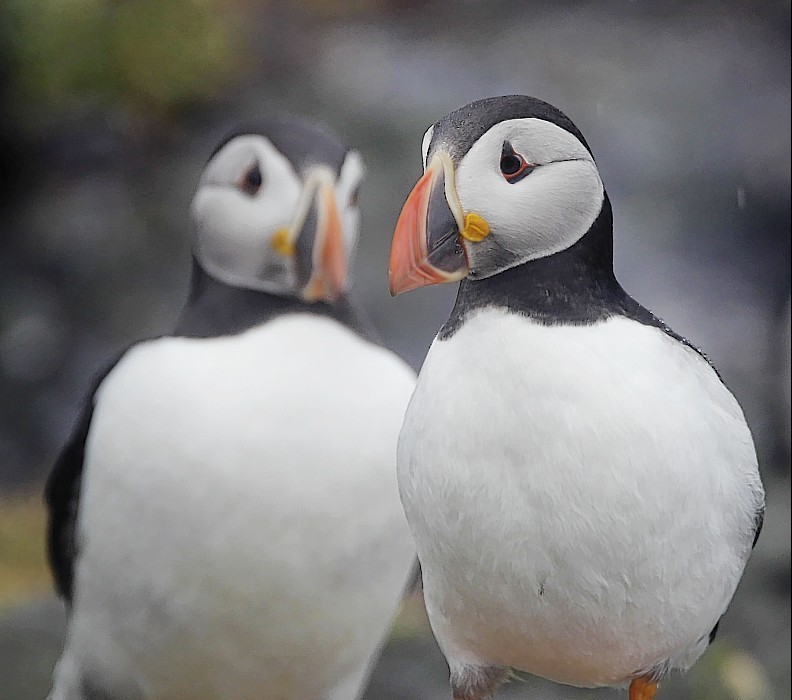Their declining population has caused concern, but puffin numbers in Scotland are on the rise again.
The popular, distinctive-looking birds have become inextricably linked to seascape vistas, but gradually in recent years, there have been fewer spotted around the country’s coastline.
However, after two decades of dwindling numbers, there are early signs of hope for some seabirds, including puffins and common guillemots, according to the latest figures published by Scottish Natural Heritage (SNH).
This uses information from the Seabird Monitoring Programme, where the number of chicks produced often provides an indication of how the species have fared in 2014 and 2015.
Overall, the number of puffin chicks produced in 2014-15 was slightly higher than the long-term average. Similar results were recorded for some other seabirds, such as herring gull and little tern.
SNH yesterday said although the long-term declines remain serious, the 2014-15 results are encouraging.
On the Isle of May, the Centre for Ecology and Hydrology has been researching the seabirds since 1972. They have found that 2015 was above average for all of their study species.
Glen Tyler, a marine ornithologist with SNH, said: “We’re hopeful that the success of puffins and some other seabirds in certain areas of Scotland mean their fortunes are looking up, but it’s too early to say for sure.
“There’s continued work to combat some of the pressures on seabirds – for example, by controlling non-native predators.
“The Scottish Government’s Marine Bill also includes measures to improve marine nature conservation to safeguard and protect Scotland’s unique habitats.”
The new report follows the latest Birds of Conservation Concern publication in December 2015, which named puffins, shags, Arctic skua, kittiwakes and herring gulls as red-listed species, indicating an increasing level of conservation concern.
And the overall numbers of seabirds are still much lower than a couple of decades ago and some species continue to decline, such as kittiwakes in the Northern Isles.
